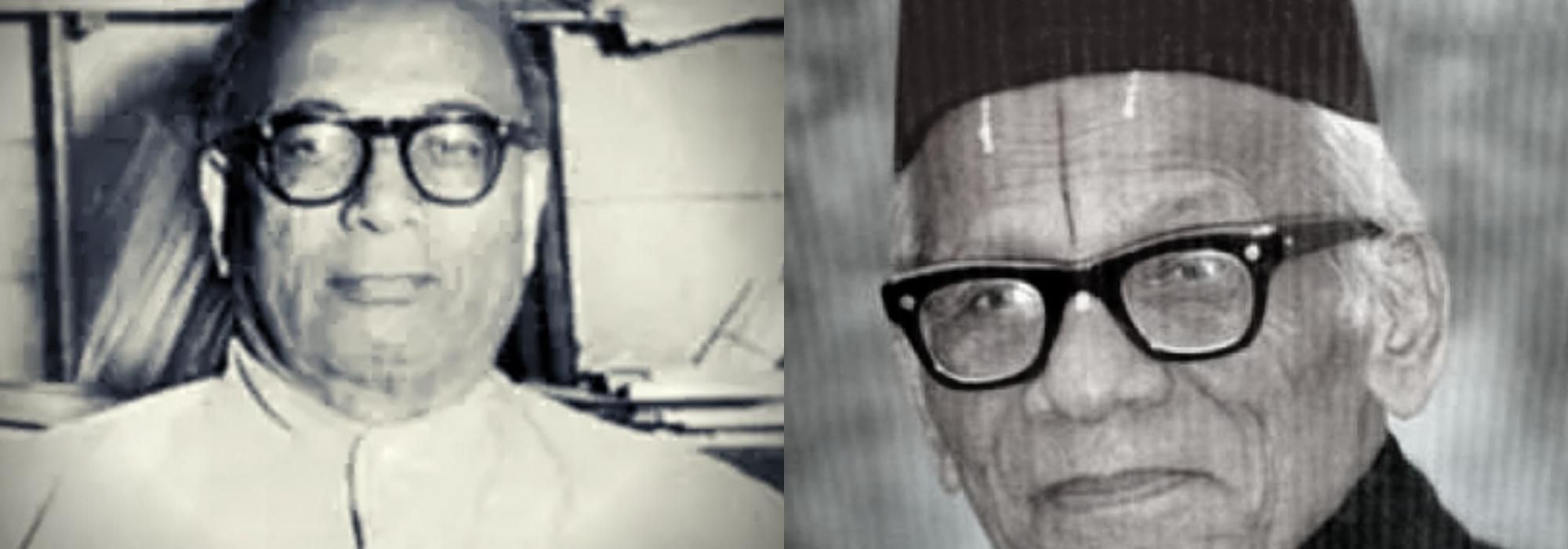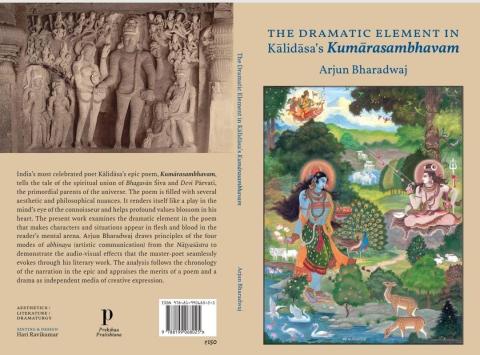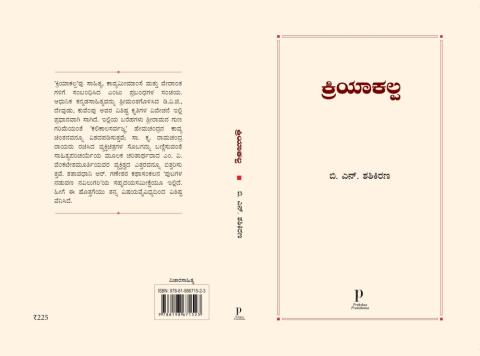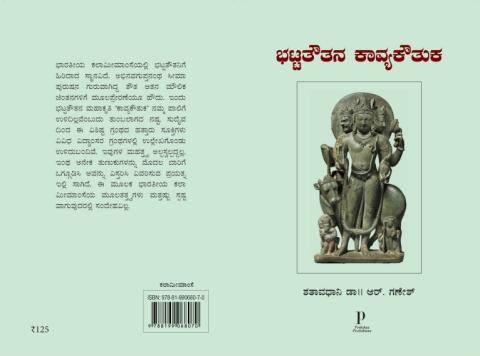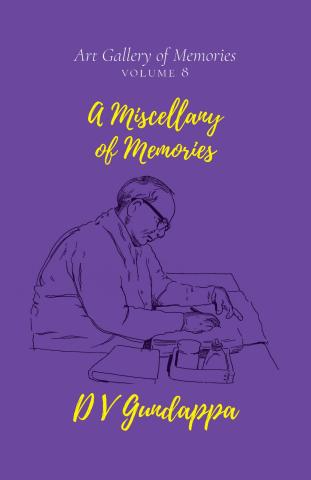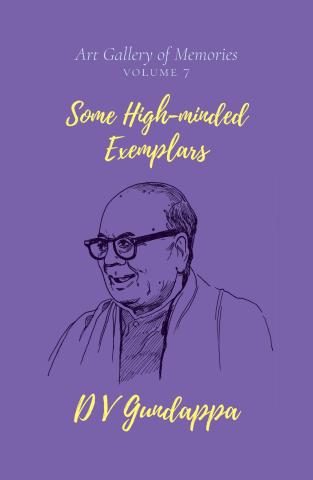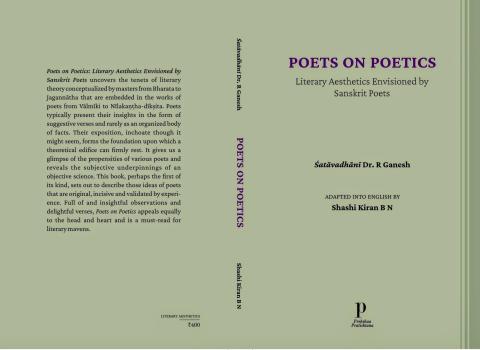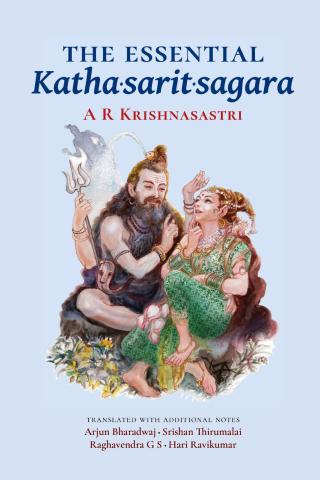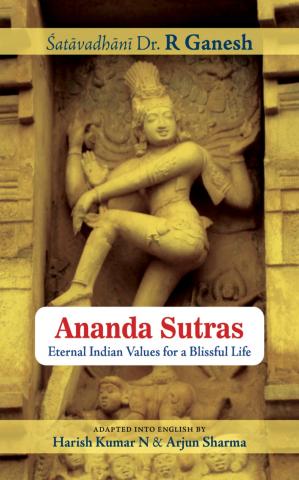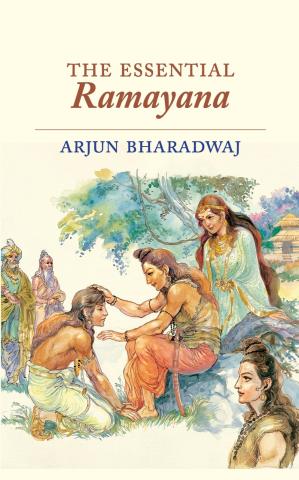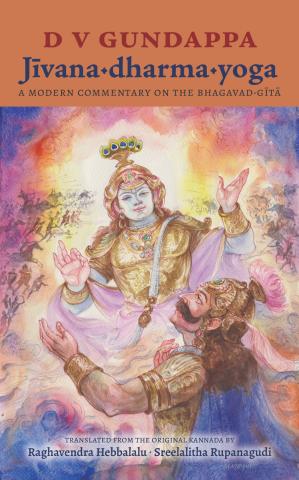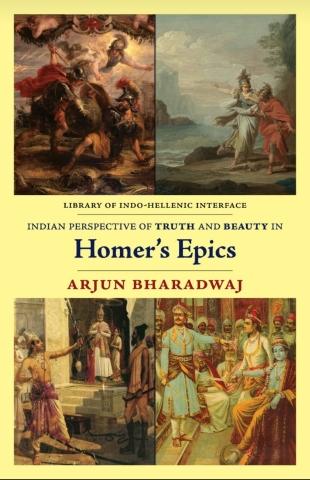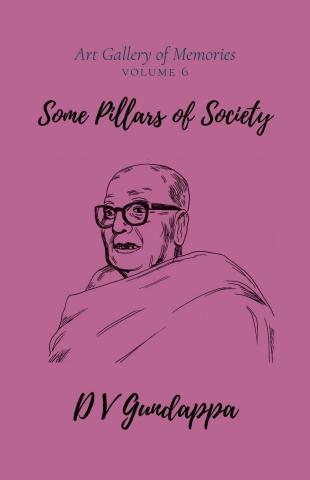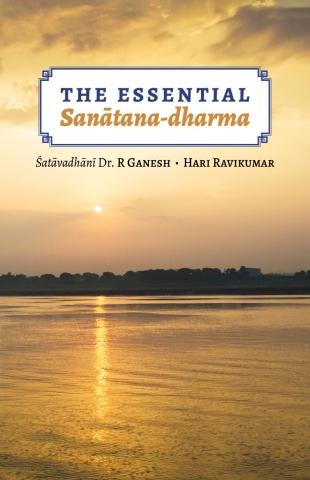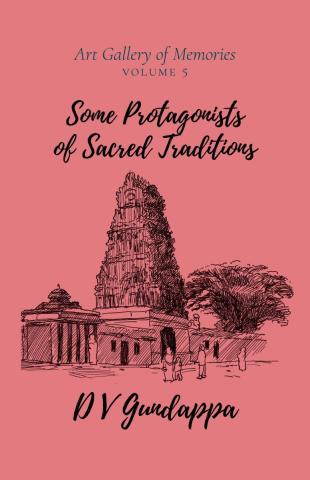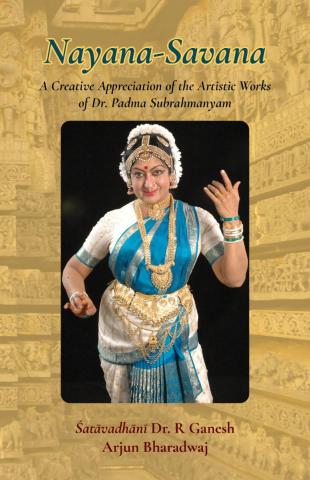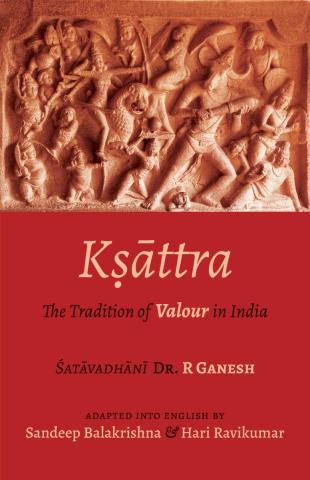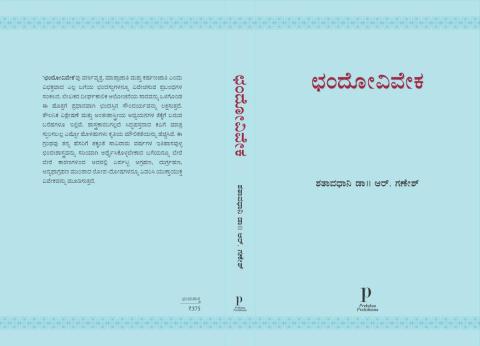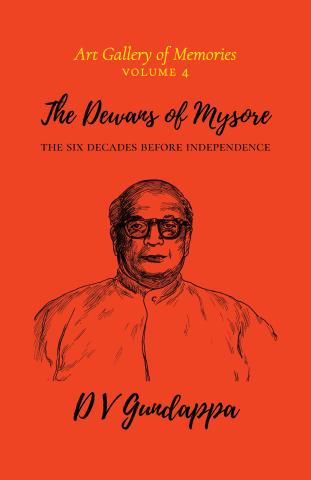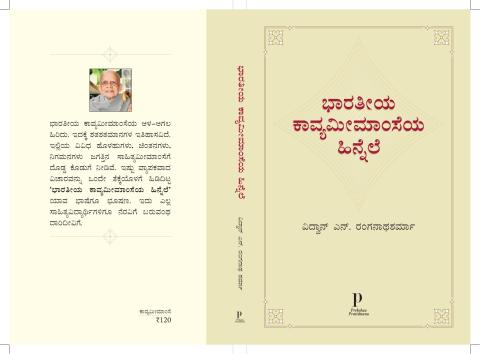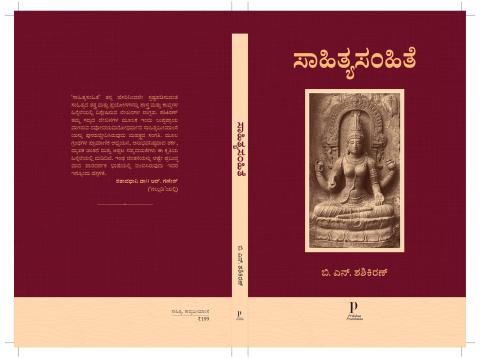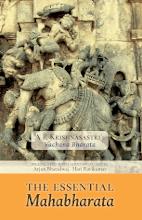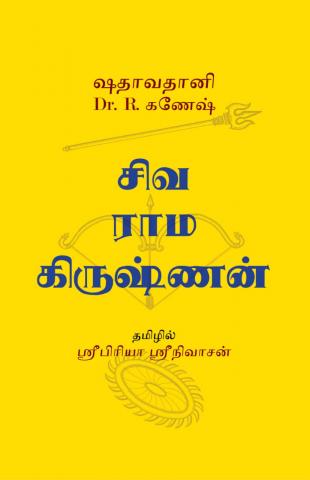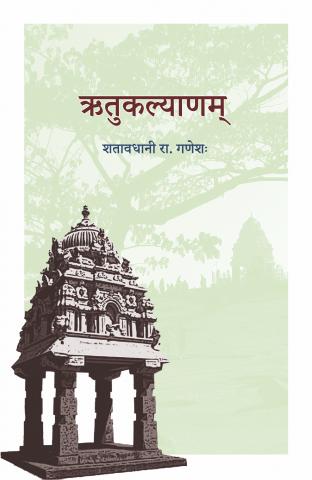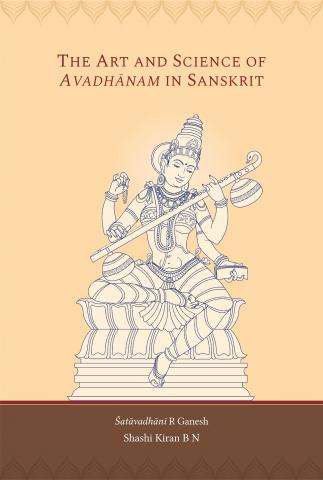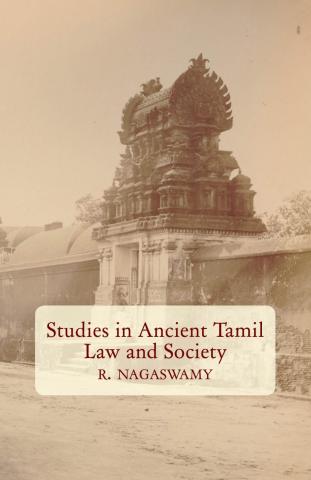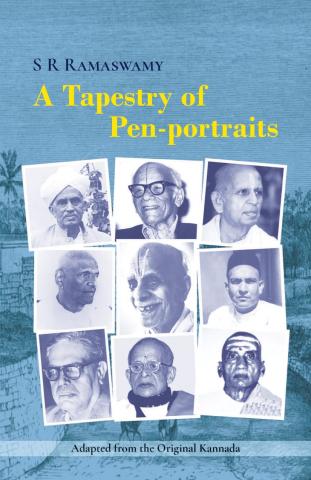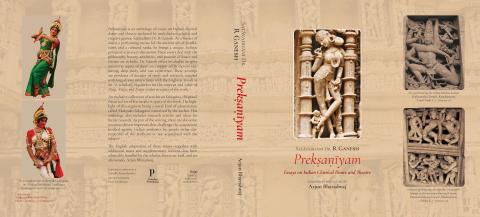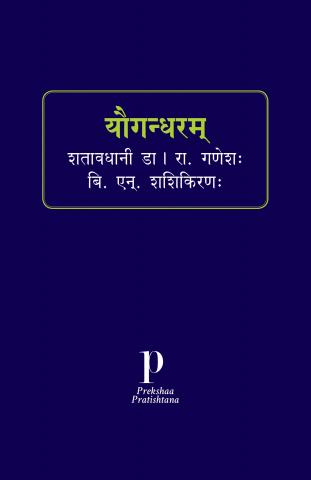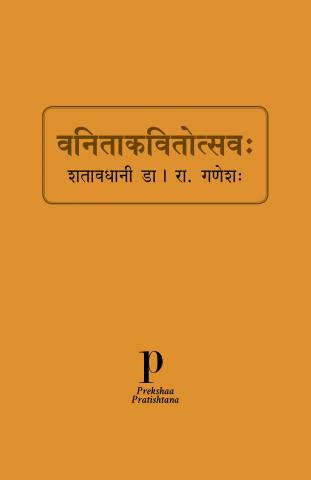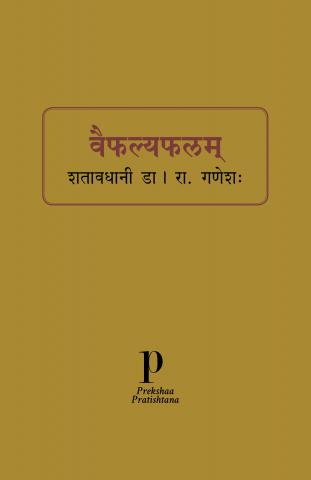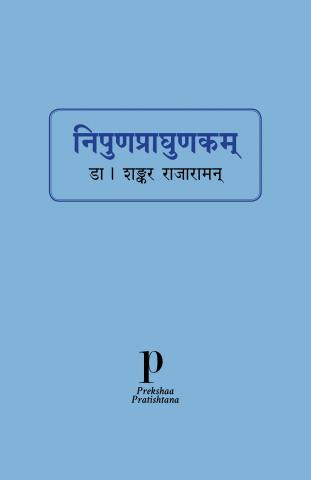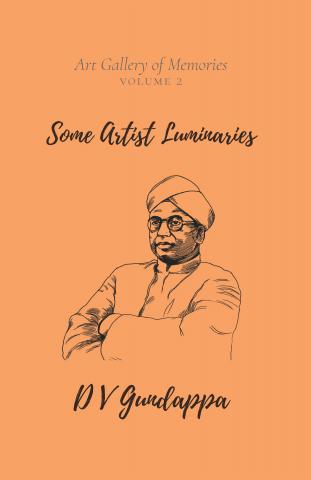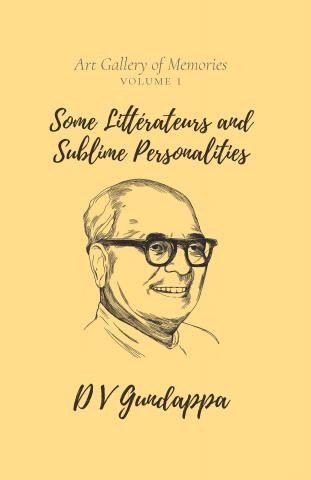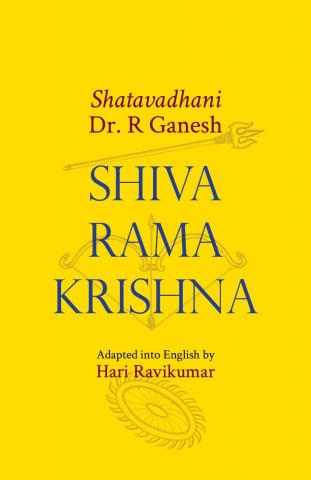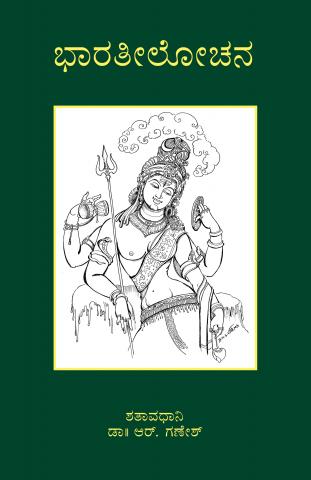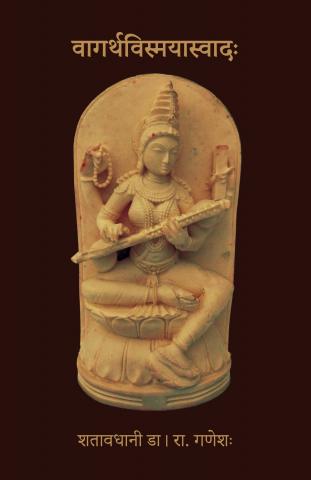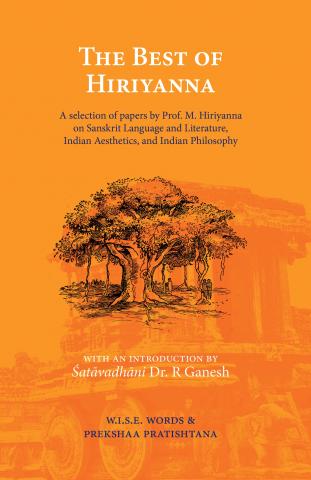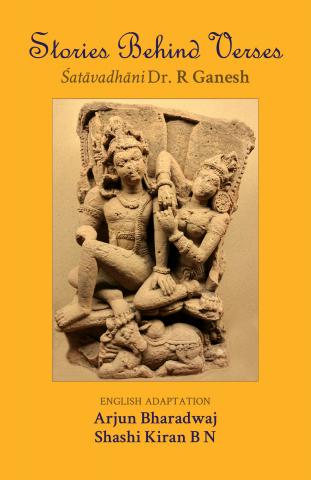Note
This is originally a series of lectures that Sri D.V. Gundappa (DVG) delivered at Bangalore University in February 1970. DVG was 83 years old when he gave the lecture and was keeping poor health. Yet, he acceded to the request of Sri Masti Venkatesha Iyengar, his close friend of more than five decades. In DVG’s own words, “the bond of his life and mine is that of a spotless friendship of fifty years. I had to acquiesce.”
These lectures were later compiled by Dr. S.R. Ramaswamy into a booklet entitled sārvajanikadalli sātvika. The following is the first part of an English translation of this booklet.
One Nationality
Today
The title of this lecture itself makes it evident that today, our country expects a special service from us. But what sort of service is that? My intent is to discuss this with all of you. I have not come here to doggedly propagate a specific school of thought or opinion. Instead, my humble endeavour today is to place before you some questions that have been vacillating in my mind, and to request you to ponder over them as well.
I just said, “today.” What does that mean? It simply means a continuation of yesterday. Tomorrow is a continuation of today. In this manner, time is an indivisible riverine flow. We divide it into categories like today and tomorrow for our transactional convenience. Thus, from such a transactional perspective, we need to assign some day to begin today’s discussion. To my mind, it appears correct that such a day begins in 1885. That was the year of the (Indian) National Congress Party’s birth.
Patriotism is Nothing New
Nobody can say that patriotism did not exist in our country before that year. Patriotism or love for the nation has always existed here since the time of the Ramayana, the Mahabharata and the Vedas.
We can consider an example from the Ramayana. After the killing of Ravana, when Sri Rama returns to his city with his wife, this is what he says:
eṣā sā dṛśyate ayodhyā rājadhānī piturmama |
ayodhyāyaṃ kuru vaidehi praṇāmaṃ punarāgatā ||
Look at Ayodhya. It is the city of my father.
Pay obeisance to it (yuddhakāṃḍa: 126:51)
Isn’t this patriotism? There is an episode that shows great regard for the city of Kishkindha; then, Janaka Maharaja has expressed great affection for the city of Mithila. The Mahabharata contains substantial instances that reveal national patriotism. The glory of Hastinapura has been described in numerous ways. In this manner, the feeling of patriotism has come down to us from ancient times. At specific junctures of time, this patriotism assumed forms suitable to those periods.
After the British established their rule here, the patriot who shot to limelight was Raja Ram Mohan Roy. Ram Mohan Roy went to England and lived there for several years. He desired that his motherland should also attain a status similar to that of England and France in the realms of wealth, education and civilisation. After his death, numerous public institutions and associations were seeded in our big cities like Calcutta, Bombay and Madras. These institutions conducted public meetings, listened to the grievances and aspirations of the public and brought them to the attention of the Government. This apart, year after year, these institutions sent representations to the British Parliament in the form of appeals. In all such representations, they stressed on the rights and responsibilities of our people and gave suggestions regarding the reforms to be enacted in the Governmental organs and policies. In this fashion, eminent citizens of our public effectively carried on the nation’s work years before the Congress was born.
Achievement of the Congress
The distinction that occurred in 1885 was the fact that all such national efforts that were occurring in a scattered fashion across various regions of India got a unified form. This is the chief achievement of the Congress organisation. We need to always remember this point.
In the presidential addresses of the first thirty years of the Congress (i.e., from 1885-1915), every president repeatedly emphasised the primary and founding goal of the Congress. That primary goal was the unity, integrity and indivisibility of India, and from the world’s perspective, India’s sovereignty.
In 1908, the eminent Lal Mohan Ghosh said this: be it a Bengali, Tamil, Hindu, Muslim, Kannadiga or Pashto, all Indians belong to the same country. In the matter of India getting what it rightfully deserves, differences of Jati, sect, region and language do not count. India is one. Its unity and integrity must be preserved. If trouble arises in any area, the other parts of its geography must regard the trouble as their own and attempt to resolve it. The same unity must be exhibited in the case of profit and fame. This mind set of universality is the essence of the principle of Nationalism.
Nationalism
Now, a word must be said about the opinion called nationalism. The word “nation” is enmeshed in “Indian National Congress.” Likewise, it is also enmeshed in “United Nations.” In this manner, the word “nation” has been used in many contexts. In Indian languages like Kannada and others, the words deśiya, jātiya, and rāṣṭīya are commonly used. However, in the English language itself, the word “nation” does not have a definitive meaning. The term came into usage in the political context only after 1800. The warrior Napoleon, a contemporary of our Tipu Sultan, embarked on an invasive conquest of the various countries of Europe. Then, the people of those countries feared for the existence of their unique cultures and displayed great patriotism. From this arose the feelings of nationalism, love for one’s own people, and affection for one’s own country. Over time, these feelings intensified and became popular. That was how nationalism was born. This feeling is dependent on one mass of people. A specific country is only secondary to this feeling. Israel, which is becoming powerful of late is inhabited by the Jews, who lived as a mass of people for hundreds of years without having a specific geography of their own. Among the British, there are people who follow various sects. Although such sectarian differences exist, they are still the same people—as a nation. The people of Switzerland speak three different languages. Still, they are the same people—as a nation.
Thus, nationalism is a feeling of a people that is dependent on the state of being unified in spirit. In this, divisions of language, sect, and region are irrelevant. In any mass of people, there exist divisions of languages, sects and traditions. Despite this, those people are imbued with a subconscious feeling that they are one in reality, that they will stand by one another in times of joy and sadness, and that they are all united by this intimate bond. When this feeling of unity becomes pervasive, nationalism will be established.
Such a feeling of nationalism filled the minds of our pioneering patriots and nationalists. In every situation, they would think, “is this related to India? Is it useful to India?” At no point would they think, “If this is related to Mysore, we don’t want it. Is this coming from Madras? If so, it doesn’t concern us.” No matter what happened anywhere in India, they would embrace it as their own.
To be continued

